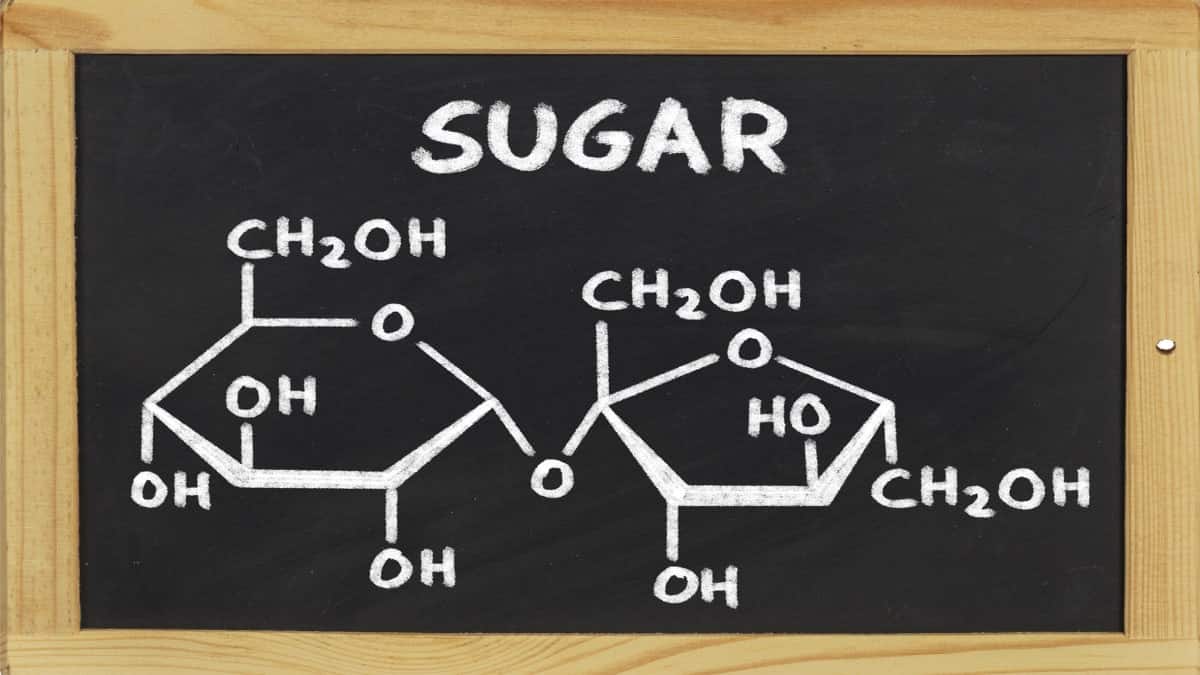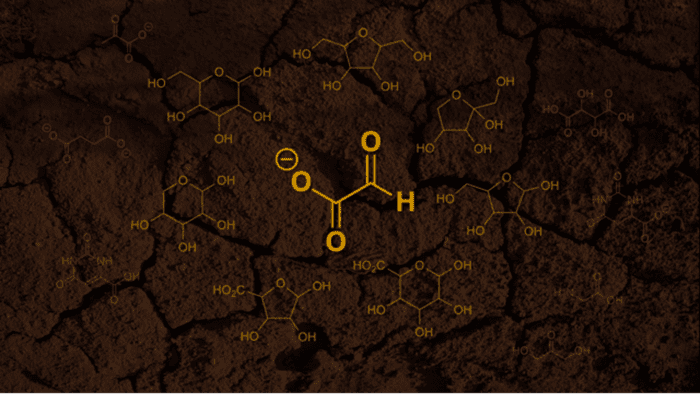
Sugar is an essential component of life as we know it, found in everything from the sweetest fruits to the very backbone of our DNA. But how did this vital molecule arise in the first place?
A new study published in the journal Chem by two prominent origin-of-life chemists from Scripps Research and the Georgia Institute of Technology proposes an alternative hypothesis for how the first sugars, necessary for life to evolve, may have originated on the early Earth.
The origin-of-life chemistry
For decades, the prevailing theory has been that the first sugars arose from reactions involving formaldehyde. However, this theory has its drawbacks, as the reactions proposed are messy and have uncontrolled side effects.
Now, the chemists behind the new study suggest that glyoxylate, a relatively simple chemical that plausibly existed on the Earth before life evolved, could have played a key role in the emergence of the sugars necessary for early life forms.

The proposed alternative is a “glyoxylose reaction” scenario in which glyoxylate reacts with itself, forming a close cousin of formaldehyde known as glycolaldehyde. From there, the researchers suggest that glyoxylate, glycolaldehyde, and other simple compounds could have continued to react with one another. Ultimately, these reactions could have yielded simple sugars and other products—without the drawbacks of formaldehyde-based reactions.
“We show that our new hypothesis has key advantages over the more traditional view that early sugars arose from the chemical formaldehyde,” says Ramanarayanan Krishnamurthy, a professor in the Department of Chemistry at Scripps Research.
Origin-of-life chemists seek to explain how the basic molecular building blocks and reactions necessary for life could have arisen from the simple chemicals that were likely present on the “prebiotic” Earth. The overarching aim of the field is to answer the fundamental question of how our living planet came to be.
But its discoveries also can inform—and have informed—many other fields, from atmospheric science and geology to synthetic biology and the search for life on other planets.
A new primordial soup
The proposed hypothesis adds to the growing body of research that is expanding our understanding of how life might have emerged from the primordial soup of the early Earth.
The three major classes of biological molecules whose availability needs to be explained by origin-of-life chemistry are: the amino acids that make up proteins, the nucleobases that make up the “letters” of DNA and RNA, and the sugars (also called carbohydrates) that are found throughout biology, including in the twisted backbone structure of DNA and RNA.
According to the prevailing theories, amino acids probably arose from ammonia, while nucleobases arose from hydrogen cyanide.
However, the origin of sugars has remained a mystery, with many scientists continuing to search for answers. The proposed hypothesis offers a potential solution and may lead to further discoveries about the early Earth and the origins of life.
The chemists behind the study are currently working to demonstrate in the laboratory that the glyoxylose reaction scenario could indeed have yielded the first sugars. They are also investigating potential commercial applications of reactions that make glyoxylate, which could be used to reduce CO2 levels, either locally in industrial settings or globally to combat global warming.









